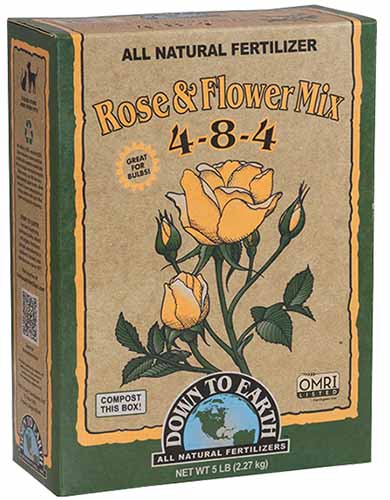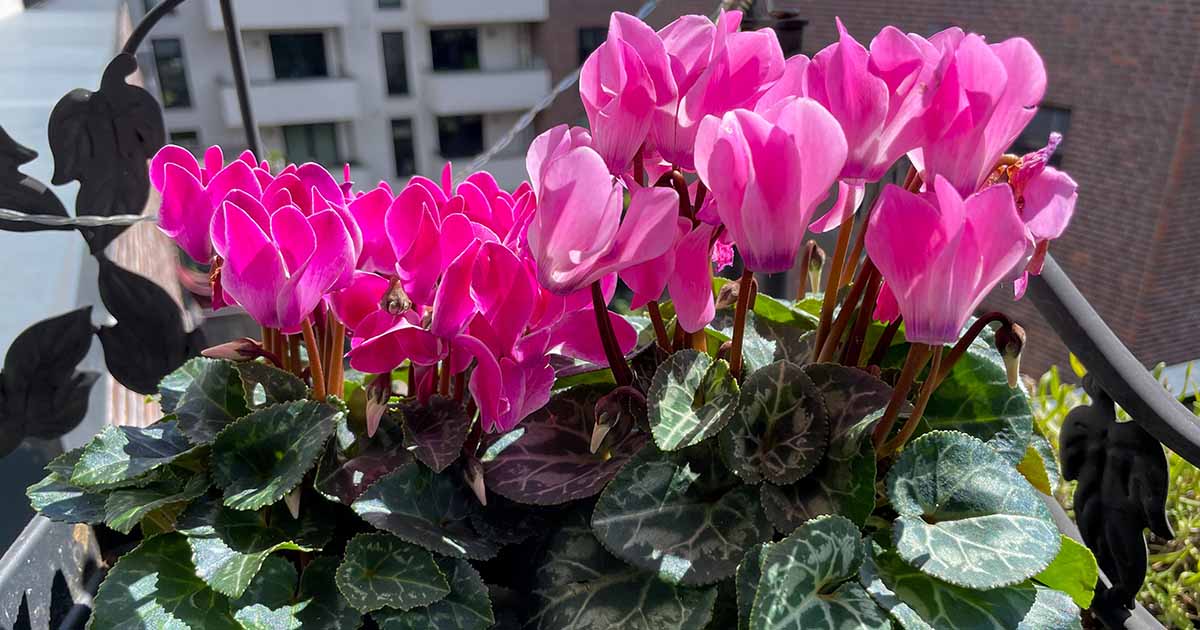
During the chilly winter months, Cyclamen persicum houseplants bring warmth, joy, and coziness into our homes.
Whether you’re a new or experienced cyclamen plant parent, you’re probably here because the vibrant burst of blooms you expect to see has dwindled or isn’t happening. Well, you’ve come to the right place.
Are you asking yourself why your cyclamen isn’t blooming? It’s a common question, and this article should provide the answer – as well as solutions to the problem.
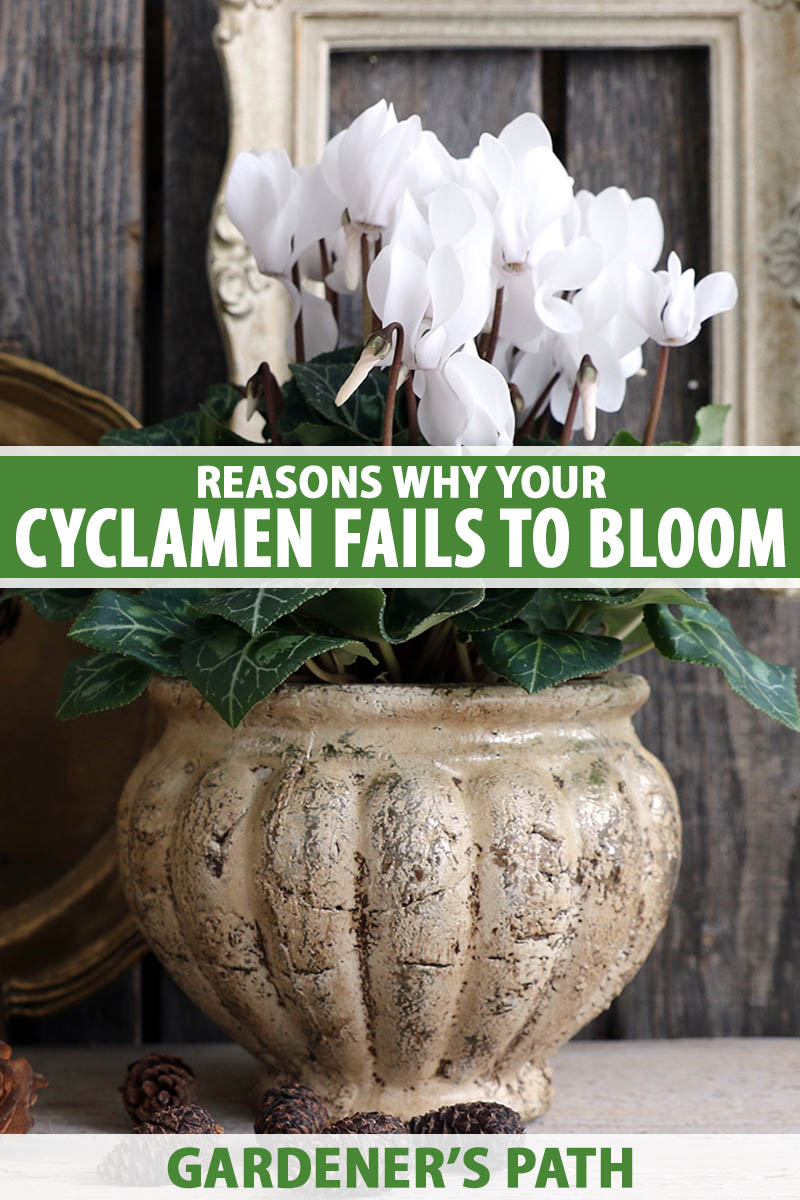
We link to vendors to help you find relevant products. If you buy from one of our links, we may earn a commission.
To learn all the ins and outs of cyclamen care, have a read of our growing guide.
In this article, we’ll explore the top reasons your plant might be holding back on those gorgeous blooms, and I’ll give you suggestions to coax them out.
Grab a mug of coffee or your favorite cup of tea and let’s dive deeper into the world of C. persicum.
Here’s a look at what I’ll cover:
Ready to get started? Let’s jump into the first and most obvious reason that your plant isn’t flowering.
1. Dormancy
Before you jump to conclusions and assume something is wrong with your plant, let’s talk about dormancy.
Your cyclamen could be taking a little seasonal snooze. This is the most common reason you’re not seeing flowers.
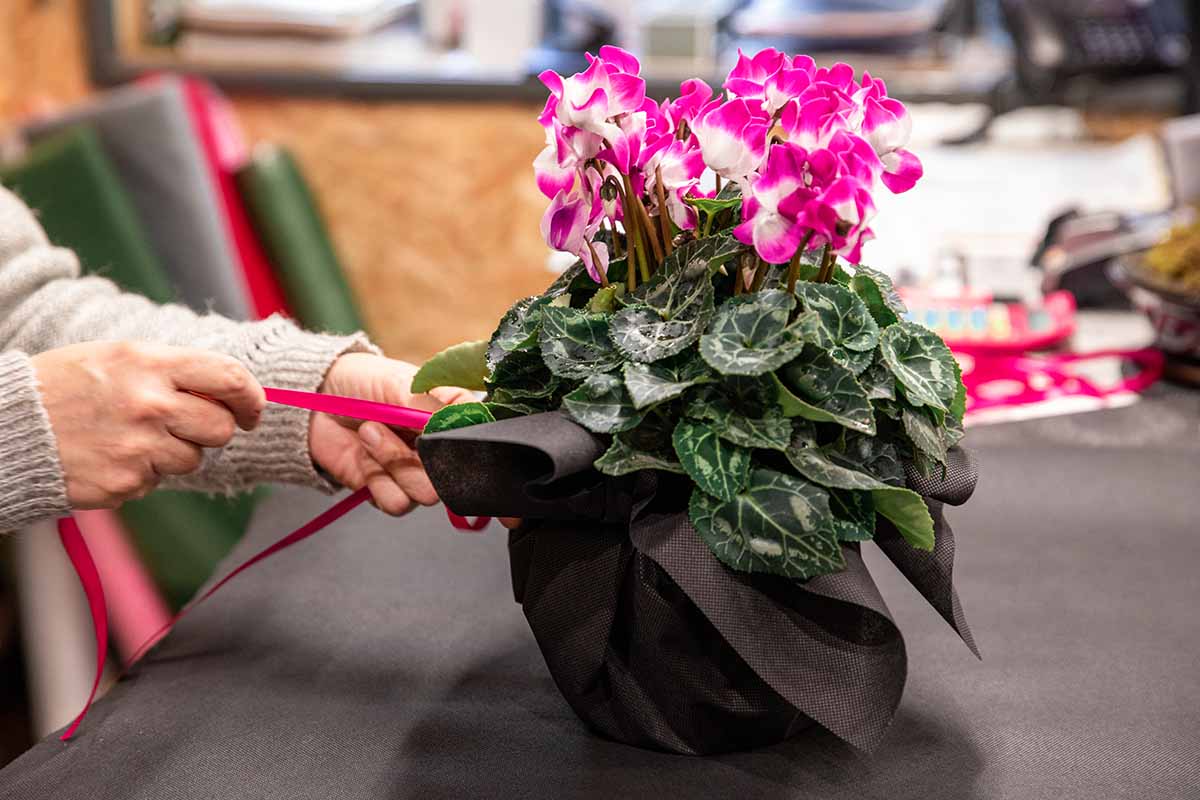
So what exactly is going on? In their natural habitat of the Mediterranean region, cyclamens bloom in winter, continuously producing new flower buds until spring, and then hit the snooze button in summer.
In the US and Canada, this dormant phase might start to kick in around late spring or early summer.
Why? As the days stretch out and temperatures climb, these plants read the room and think, “Time for a nap!” Typically, their leaves start to turn yellow and growth slows. The disappearance of new flower buds is just a normal sign that your plant is headed into dormancy.
The exact “napping schedule” can vary due to factors like your local climate, ambient humidity, and even your home’s indoor microclimate.
If your cyclamen isn’t blooming in the middle of summer, your plant might look a little sickly. But don’t worry, this is normal and there is nothing to worry about.
Although you won’t need to do anything to encourage blooming during this time, you should take special care to nurture your plant through the resting period.
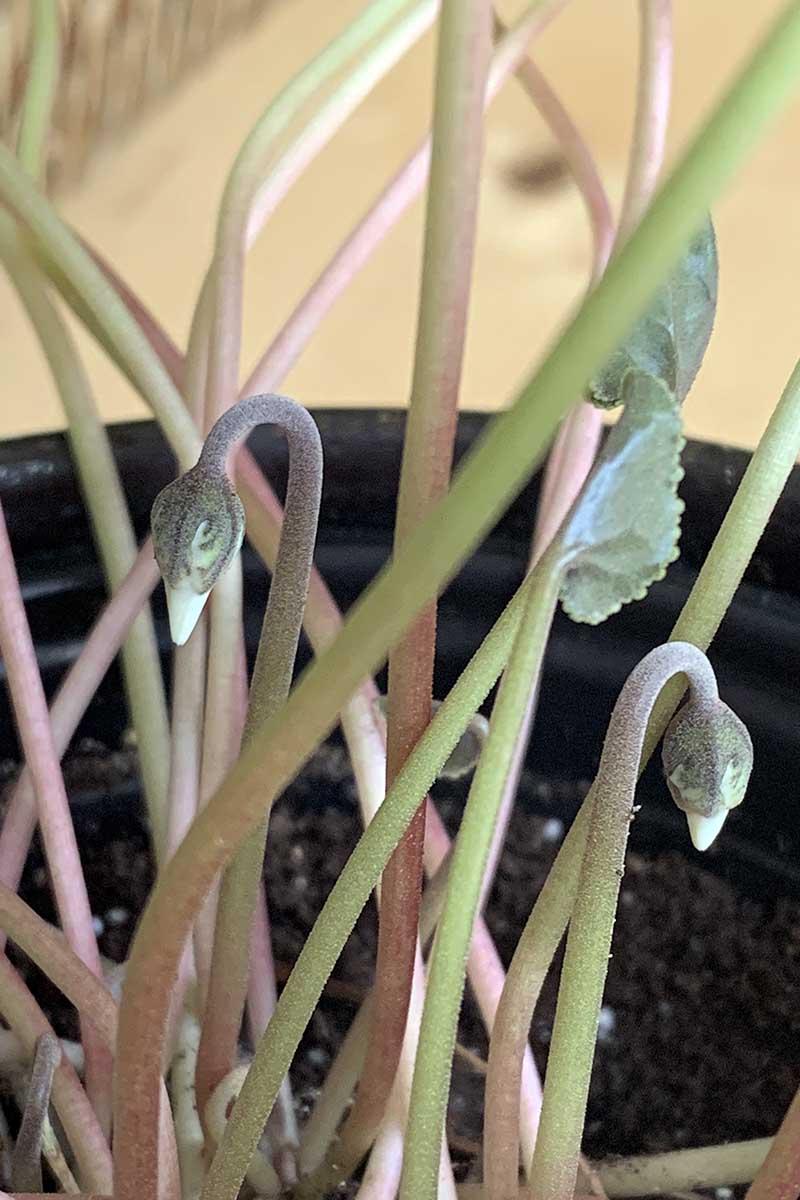
If your cyclamen seems to be defying the dormancy norm like flowering when it should be sleeping, or you want to learn more about care during this period, check out our guide that covers cyclamen seasonal dormancy in more detail. (coming soon!)
I should mention that you might be able to force blooming, but to do this the plant needs to go dormant first. Because your plant lives in your house instead of outdoors, it might be confused about which season it’s in.
If your plant doesn’t seem to be entering its natural dormancy phase and the timing is right, you can try forcing it into dormancy.
Experts at the University of Missouri recommend the following method: In spring, gradually withhold water until the foliage dies back, then refrain from watering for six to eight weeks, before starting again.
This should trigger new growth and blooms should begin to form in the fall.
Essentially, in order to force blooming, you may need to force dormancy first.
Personally, I haven’t attempted to force my cyclamen houseplant into full dormancy in Zone 5b as there are some mixed opinions about this method.
In summer, my plant seems to slow to a crawl with blooming and produce leaves on leggy stems, then come fall the whole plant returns to normal flower and foliage production.
If you’re not too attached to your plant pal, and you’re prepared to accept the loss if it doesn’t work out, it could be worth a try!
2. Insufficient or Too Much Light
Light is like the caffeine of the plant world. Just as some of us crave our daily cup of joe, cyclamens crave their dose of light. And like me with my coffee, some plants can be a little picky about it.
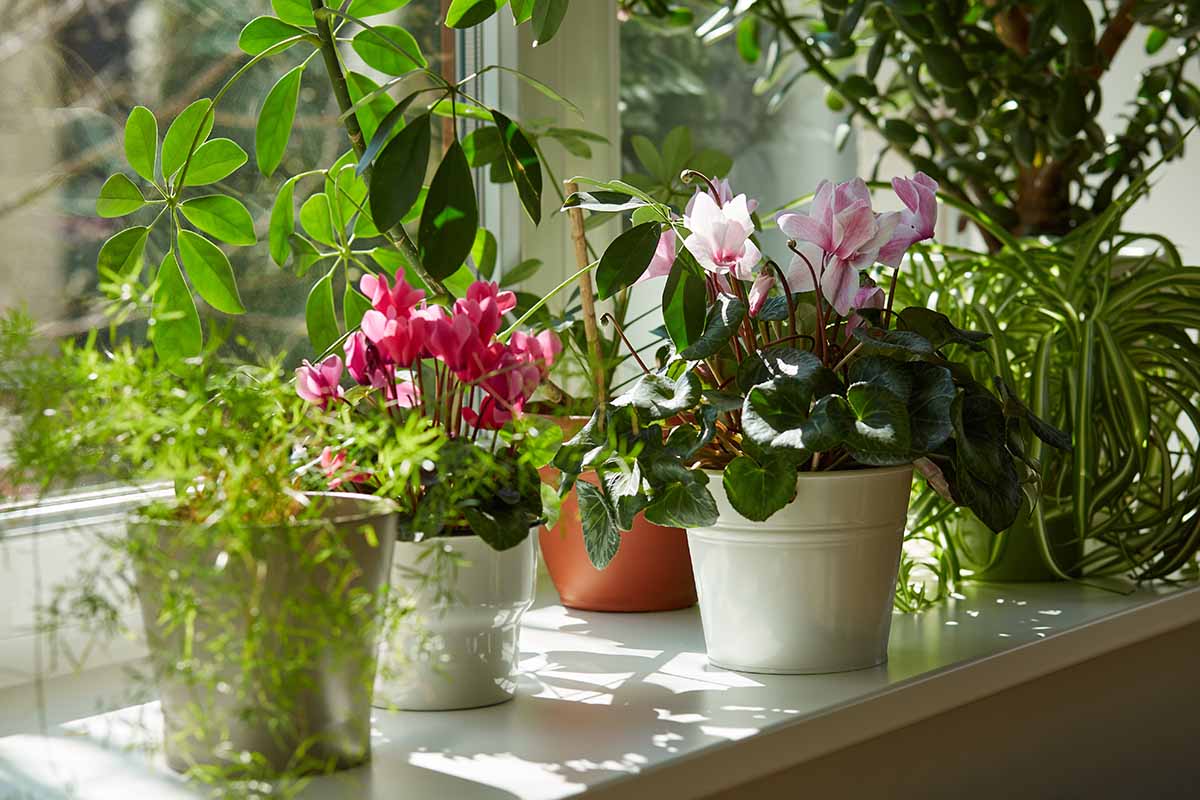
Cyclamens have a penchant for bright, indirect light. Imagine this: you love to sit by the window in your favorite cafe and soak in the ambiance while you read your book. But you can’t read with those direct bright rays of sun shining in your eyes, can you?
For comfortable reading, you may need to move your chair a bit further away from the window, or maybe even choose a different table, right? But you still want a perfect view of the square outside for people-watching.
Just as you would scoot your chair a little further from the window or choose a different table to find a comfortable amount of light without being blinded, cyclamens want the same.
In homes where light is low, especially during the winter months, cyclamens might fail to bloom. They’re telling you, “Hey, I need a bit more glow!”
And if you’re nodding along, thinking your home has plenty of light, keep reading.
Direct, harsh light intensity will also cause your cyclamen to become dry and scorched. Not only can it kill the foliage, it can also prevent the beautiful blooms from forming.
So what is the best way to meet their needs in regard to light?
The optimal placement for your cyclamen plant is near an east-facing window, where it receives indirect light, and the sun moves away by noon. Four to six hours of bright, indirect light should be sufficient. It’s not about quantity or length of exposure time, it’s more about the quality of the sunlight.
If you give your cyclamen the right kind of light when it’s meant to be flowering, it should reward you with a spectacular abundance of pretty winter blooms.
3. Lack of Nutrients
Just as we might not feel at our best without a nutritionally balanced diet, plants can feel the same way. And when a cyclamen isn’t receiving the nutrients it needs, it might decide to slow down its flowering.
Let’s talk about fertilizer. While potted indoor cyclamens aren’t overly picky, they do need help to maintain their best performance. Fertilizer can be exactly the boost they’re looking for.
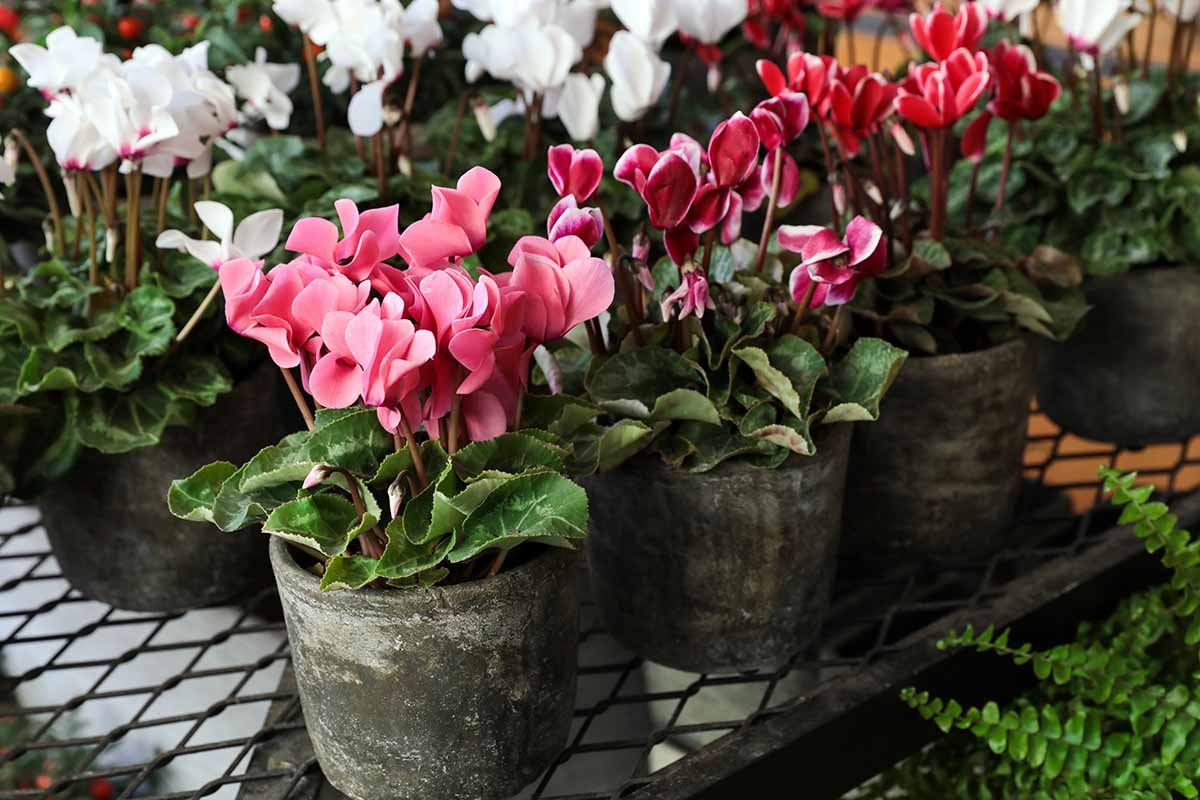
On the flip side, remember that too much of a good thing can be, well, not so good.
Overfertilizing can lead to quick, lush growth, but this new growth can come at the expense of flowers. Roots won’t develop quickly enough to support the sudden growth above the soil.
This will not only reduce flower production in favor of foliage growth, but also weaken the whole plant.
For our lovely cyclamens, a low-nitrogen (N) fertilizer is the way to go. Why? While nitrogen is great for leafy foliage growth, it’s not the best for promoting flower bud formation. Instead, look for a houseplant food designed specifically for blooming plants.
These products typically have a higher phosphorus (P) content, which is just what your plant is craving to help it produce those beautiful blooms.
When checking out fertilizers, you’ll often see three numbers on the label, representing N (nitrogen), P (phosphorus), and K (potassium).
For cyclamens, a balance that’s lower in N and higher in P is ideal. Something like a 5-10-5 ratio would be ideal.
I recommend Down to Earth Rose and Flower Mix, available from Arbico Organics.
Down to Earth Rose and Flower Mix
It’s an all-natural, granular fertilizer with a ratio of 4-8-4 specifically formulated for boosting blooms.
Remember, moderation is key. Apply the fertilizer according to package instructions and only during the active growing phase.
Then sit back and watch your plant reward you with a burst of blooms!
4. Wrong Temperature
Cyclamens wake up and thrive in cooler temperatures. Because they’re native to regions with a Mediterranean climate, this means they’re accustomed to cool winters and warm summers.
When grown indoors, they prefer daytime temperatures between 60 and 65°F (18°C) during the winter.
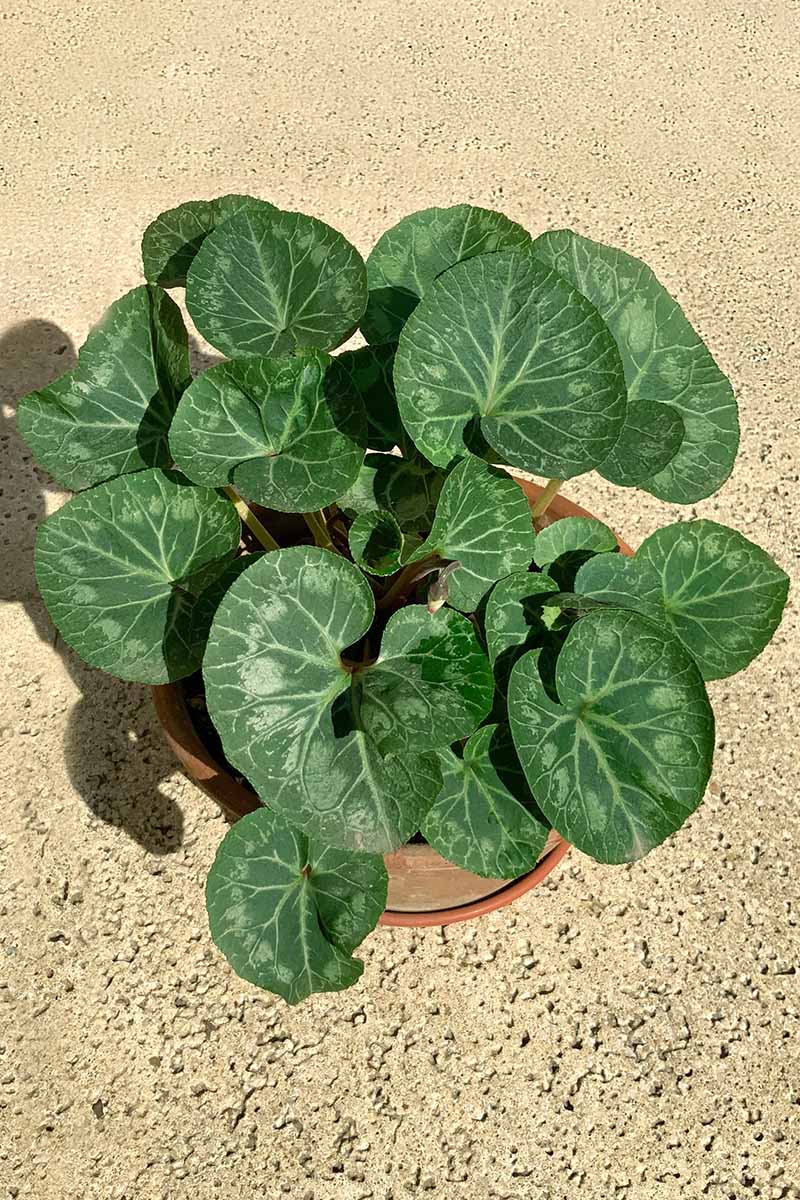
As I mentioned earlier, in their native habitat, cyclamens bloom during the winter months. Therefore, when cultivating as indoor houseplants, it’s essential to mimic these cool conditions during the growing season to encourage successful blooming.
Place your cyclamen in a location where it will receive indirect light as I noted above, and maintain the ideal, cool temperature they prefer at the same time.
Don’t set your plant near a heating vent or wood-burning stove in the winter. This will be too hot, and your plant won’t like it.
And likewise, don’t leave your plant in a spot where the temperature gets too cold like an uninsulated or unheated sunroom or porch.
Aim for that sweet spot between 60 and 65°F (18°C).
5. Water or Humidity Issues
Water is like the lifeblood of our beloved houseplants. When it comes to cyclamen, meeting their moisture needs is one of the keys to successful blooming.
Cyclamens prefer their soil to be evenly and consistently moist. Regular watering keeps them happy but take care not to drown them in enthusiasm. They hate to be waterlogged! So how much is just right?

The soil in the pot should feel damp to the touch when you stick your finger in an inch deep. If it’s dry, it’s time for a drink. If it’s moist, check again in a few days.
Ensure good drainage, too! The pot your cyclamen lives in should have adequate drainage holes in the bottom so that excess water finds its way out.
When you’re watering, here’s a tip: aim for the soil, not the leaves or the flowers. Direct watering at the base is better for your plant than watering flowers and foliage from above.
Cyclamens also have a “thing” for humidity. I love my Scandinavian steam rooms, and these plants love humidity. So if you find your own skin parched, it could be that your home’s humidity level is low. This will affect how well your cyclamen blooms during its winter wakeful period.
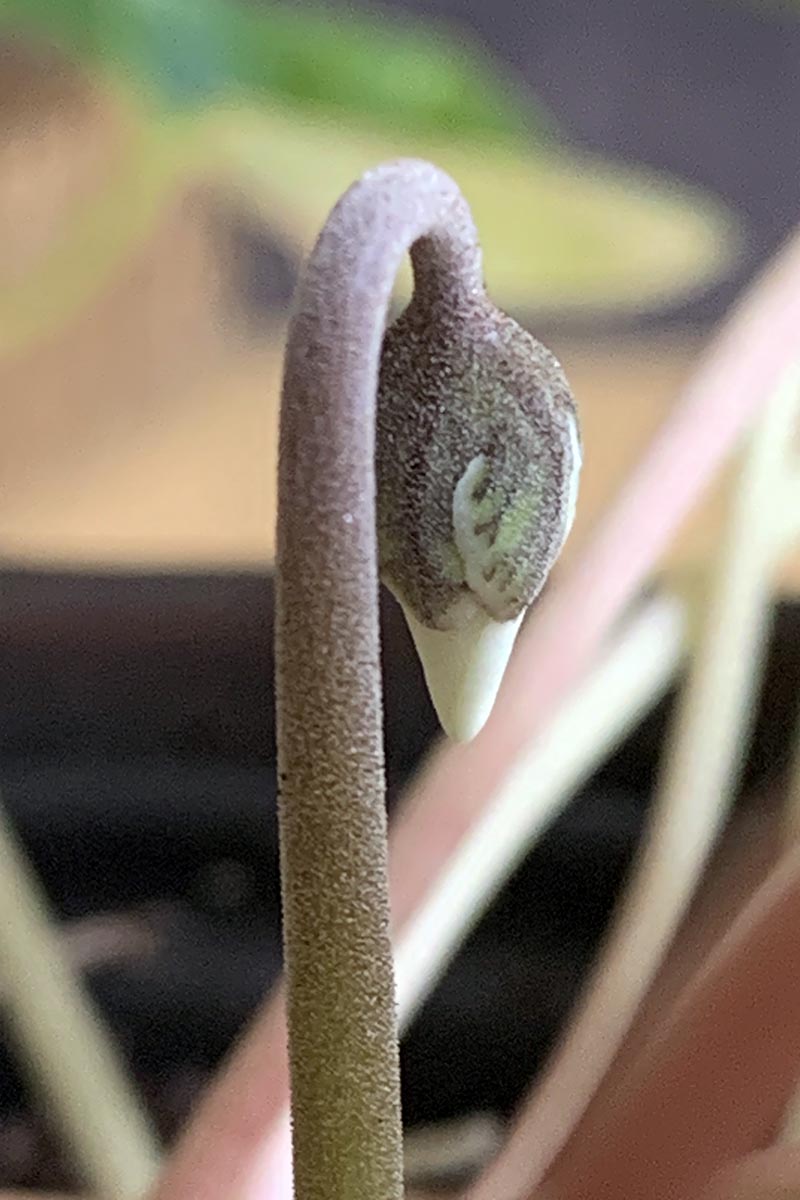
If the humidity is low in your home, you can consider placing a humidifier nearby, but you can also try this neat trick: create a simple microclimate for your plant.
Fill a small, shallow tray with pebbles and add water to the tray so it doesn’t quite reach the top of the pebbles.
Set your plant pot on top of the pebble-filled tray and care for it as you normally would. As the water in the tray evaporates, your plant will pull the moisture from the air.
It’s like a gentle, moisturizing hug! Keep the tray refreshed with water as evaporation continues and watch your plant thrive.
Some last words of advice here: as I mentioned in regard to heat above, sources of heat like vents, radiators, and wood stoves are notorious for drying out the air.
Without adequate humidity, your plant won’t flower as abundantly. Be sure to keep your plant away from heat sources for this additional reason.
It’s About Blooming Time!
And there you have it. From the sweet summer naps of dormancy to the delicate dance of light, nutrients, temperature, and water, our cyclamens sure do keep us on our toes.
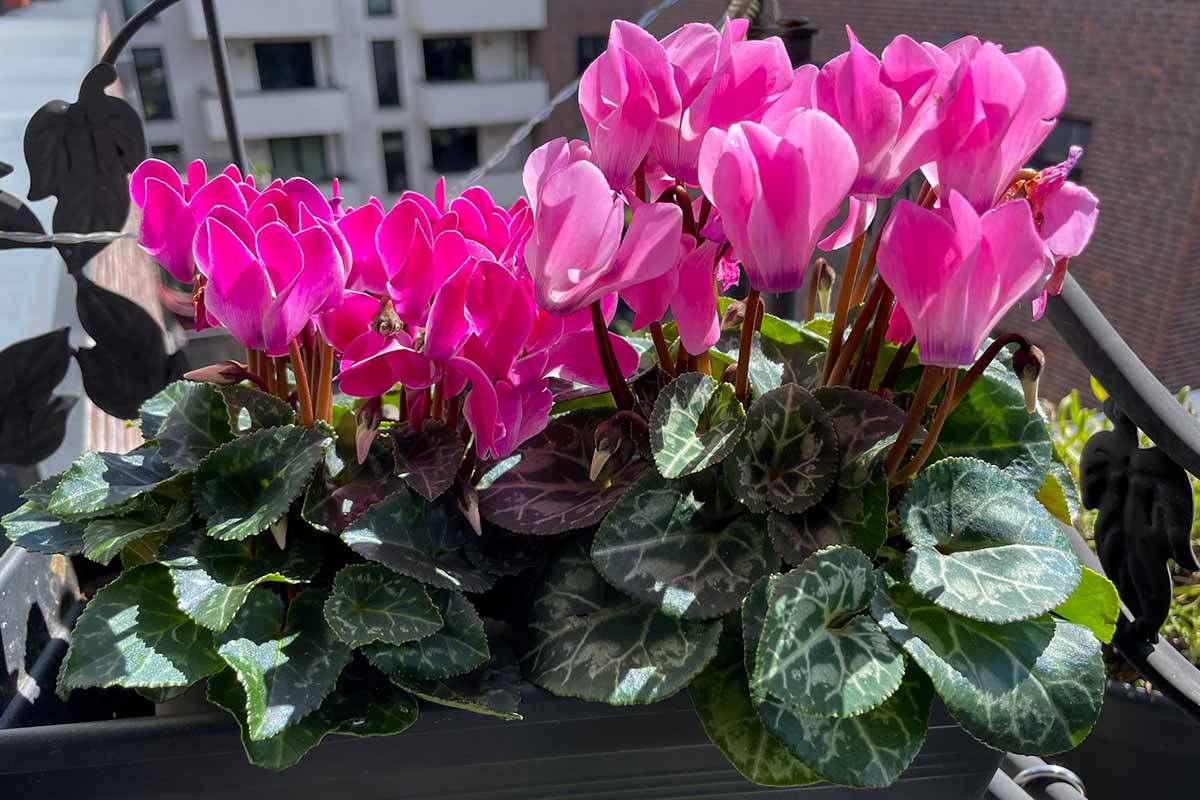
But with a little love and attention, they should grace our homes in winter with their vibrant blooms.
What’s your cyclamen story? Share a quip or ask a question in the comments section below.
And if you’re interested in reading about other flowering houseplants, check out these guides next:
